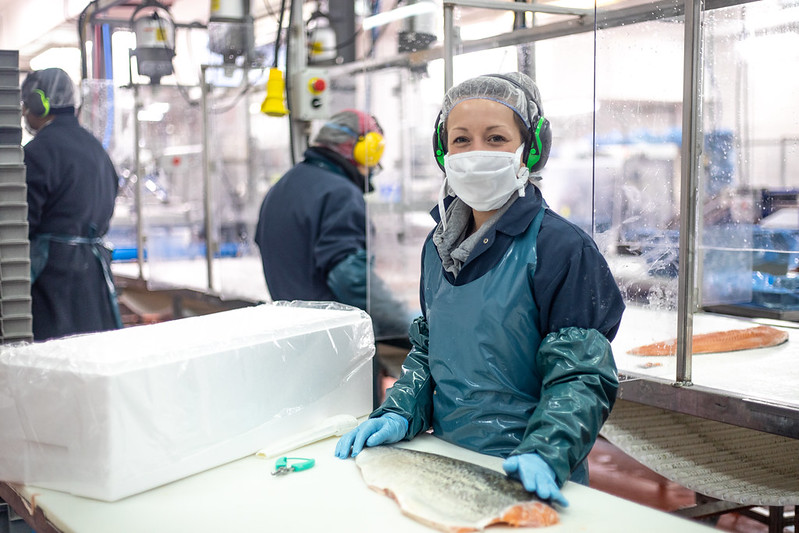How do Best Aquaculture Practices (BAP) Standards Address Animal Health and Welfare?
Animal health and welfare is one of the core pillars of the Best Aquaculture Practices (BAP) third-party certification program and is critical to delivering responsibly farmed seafood. There are a variety of factors that are considered when ensuring proper care is taken of the animals throughout the aquaculture production chain. These factors include stocking density, disease control, water quality, transportation methods and slaughter methods. The BAP standards address these issues and standards, and 100% compliance is required by producers in order to receive a certificate. The BAP standards are continuously revised as new information is developed and validated.
Here are a few ways that the BAP standards address animal health and welfare:
• Stocking Density: Though fish swim naturally in schools and thrive in close quarters, there are limits to how dense areas of production can be. BAP’s stocking density requirements take into account fish size, water temperature, dissolved oxygen levels and the hydrographic patterns of the farm. Currently for salmon net farm pens, BAP standards are required to stock at a maximum of 2.5% fish to 97.5% water, but this ratio is being changed to 2.1% fish to 97.9$ water based on evidence from scientific studies.
• Regular Inspection: The BAP standards require producers to regularly inspect water quality as well as the behavior and conditions of the animals.
• Humane Slaughter: BAP requires that humane slaughter methods are used, which include humane methods of stunning.
• Transportation: The BAP standards require that animals are transported in a way that minimizes distress.
• Using Wild-Caught Fish in Feed: The BAP standards set limits for the amount of wild fish that can be used in fish feed and thus favor the use of alternative ingredients. At the same time, completely excluding fishmeal and fish oil from the diets of fish species that would normally consume fish in their natural diets is not considered to be a best practice. Appropriate nutrition is important because it directly impacts fish health and welfare.
• Antibiotics: The overuse of antibiotics is a major issue in fish farming and contributes to antibiotic resistance, a major threat to human health. For this reason, the BAP standards prohibit routine and prophylactic antibiotic use and are moving (from 2021 onward) to exclude the use of antimicrobials that the World Health Organization (WHO) designates as critically important for human medicine.
Interested in learning more about animal health and welfare in aquaculture? Check out this Aquaculture101 post on the GAA blog. To learn more about BAP standards, visit our standards page here.
View our full BAP animal health and welfare infographic here.





